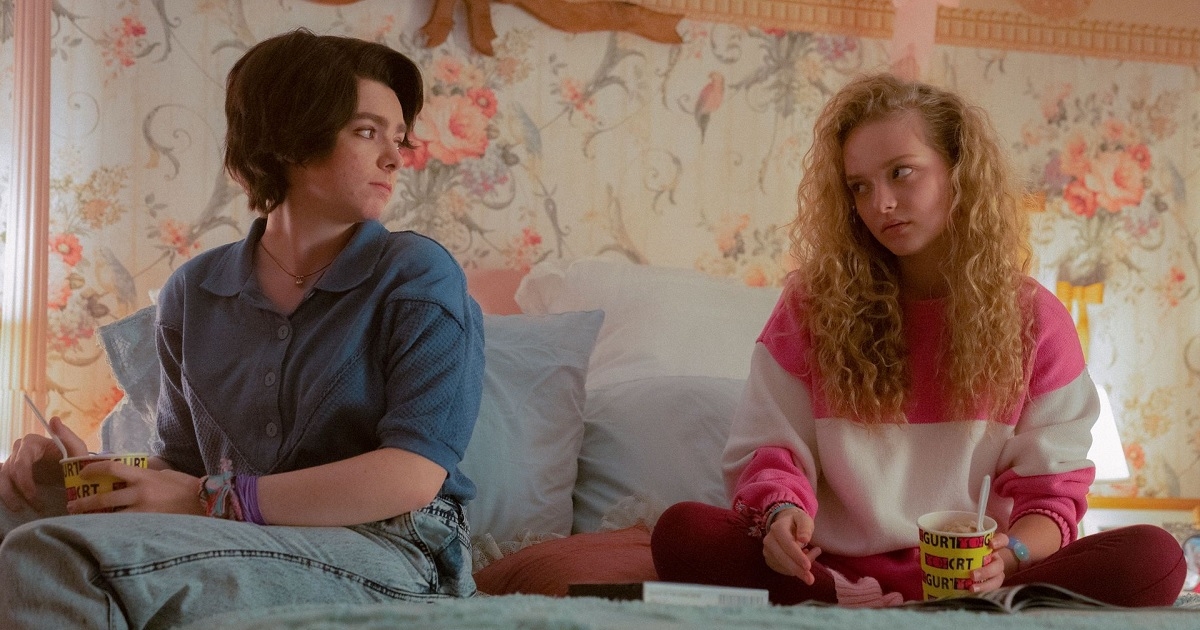Philanthropic funding is a crucial resource for many arts organizations. 40 percent of all arts and culture funding in the US comes from private donors and 11 percent from government support. To make art fairer, we need to look at the intersection of philanthropic funding in art and accessibility.
This topic is useful for discussing whether you:
If you’re not a funder, it’s still important to learn more about achieving equity in philanthropy. Understanding funding requirements and best practices can make your organization welcoming and approachable.
To be fairer, funding organizations must:]
Even with the best of intentions, prejudice can affect an organization’s work. Participate openly and honestly when discussing your practices with others. Do your own work to educate yourself, your people and your organization. A good starting point is the Disability and Philanthropy Forum webinar. They have an excellent webinar on how ableism shows up in philanthropy.
Participatory grantmaking is key to achieving equity in the philanthropic sector. As the usual refrain says, “Nothing about us without us”. As Nikki Brown-Booker observes, “If we are to serve people with disabilities, our work must be directly influenced by them.”
(Check out her excellent article, Participatory Grantmaking is Your Future.)
For actionable next steps, RespectAbility’s proven disability inclusion roadmap is useful for any organization. They have excellent resources on:
For example, the NEA requires all recipients and sub-recipients to comply with state civil rights laws. When Colorado Creative Industries distributes funds from the NEA, all of our sub-recipients of those funds must certify that they:
As a federal agency, their policies affected over 24,000 projects and recipients in the last year alone! Funders have the opportunity to influence organizations to implement best practices for dissemination.
(We recognize that compliance is the bare minimum. Organizations can and should go beyond these laws when it comes to accessibility compliance. Often, compliance requires that people with disabilities take legal action, which not everyone does The responsibility for this shift should not lie with people with disabilities.)
As Grantmakers in the Arts (GIA) states: “If an artist with a disability accepts a grant, they risk losing government support (i.e. SNAP and other benefits) that they receive. This is due to policies that enforce a limit or ‘ceiling’ on the income a disabled person can receive while receiving public assistance.” This is a complicated and nuanced issue. We recommend watching the GIA webinar on how funders should address these grant caps for artists with disabilities. (Non-GIA members may be required to pay a small fee to access the full recording.) This recording will be posted to GIA’s YouTube page after approximately August 31, 2022.
What we finance reflects our values. Putting accessibility at the forefront of the funding conversation is critical to making art more equitable.
For more information, see our Accessibility Resource Guide for Nonprofits. If you are a grantee and interested in learning more about grant opportunities and how philanthropy impacts the creative industries, read our accessibility guide for grant seekers.
If you have feedback you’d like to share, please contact elisabeth.collins@state.co.us. We are happy to hear from them!
Note: CCI is not responsible for ensuring that the content of these resources is accurate or current. Inclusion on this list is not an endorsement of any product or service. This is an introductory list. Additional resources are available online.
Source: Urban Institute, 2003. 2000 figures are from IRS Form 990 returns for that calendar year contained in the NCCS-GuideStar National Nonprofit Research Database. The numbers are provisional and subject to change. Final numbers are used to update tables published in Weitzman, M., et al., The New Nonprofit Almanac & Desk Reference, Washington, DC: Independent Sector, 2002.
Source: https://www.arts.gov/news/press-releases/2022/national-endowment-arts-a….



